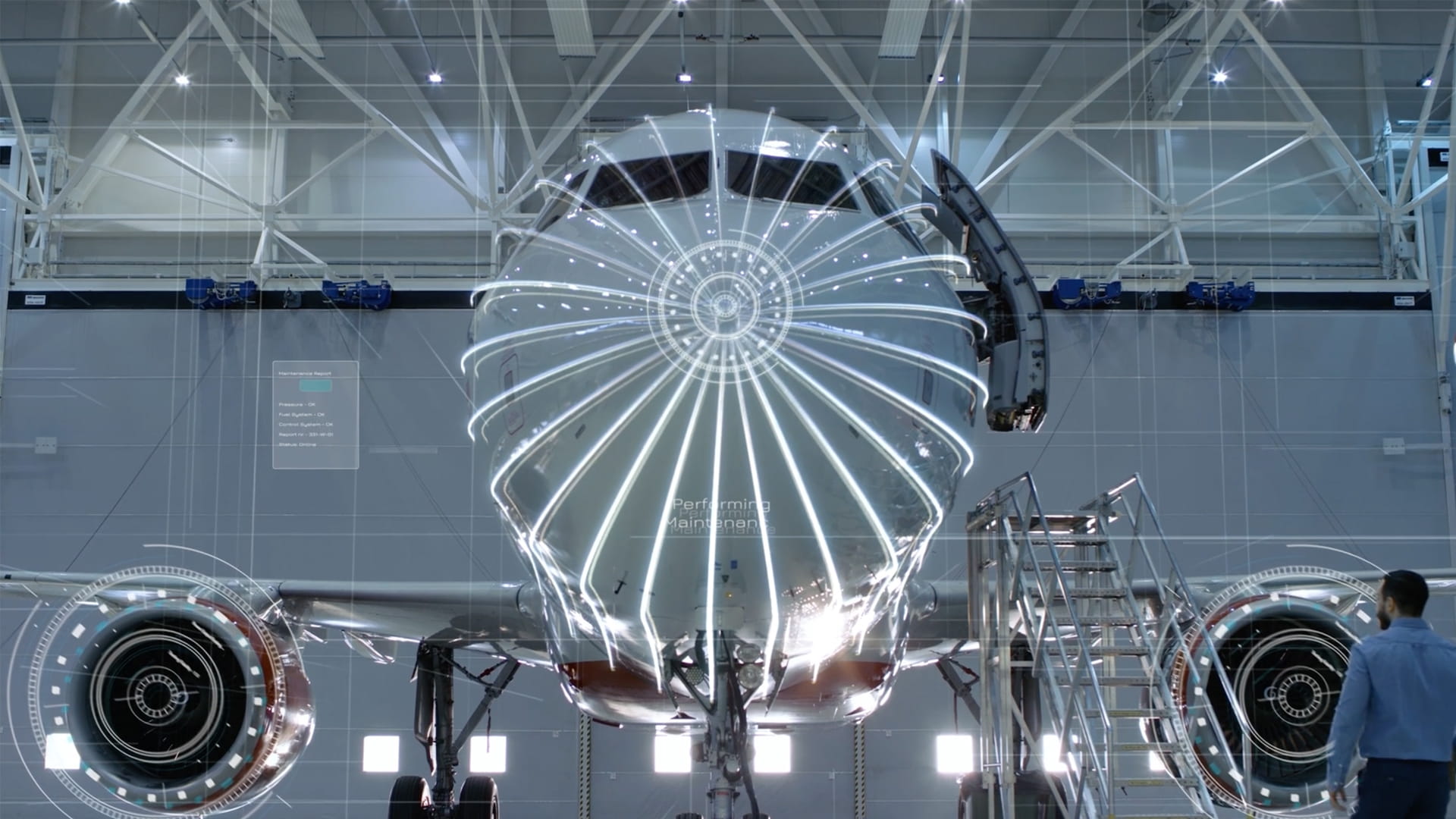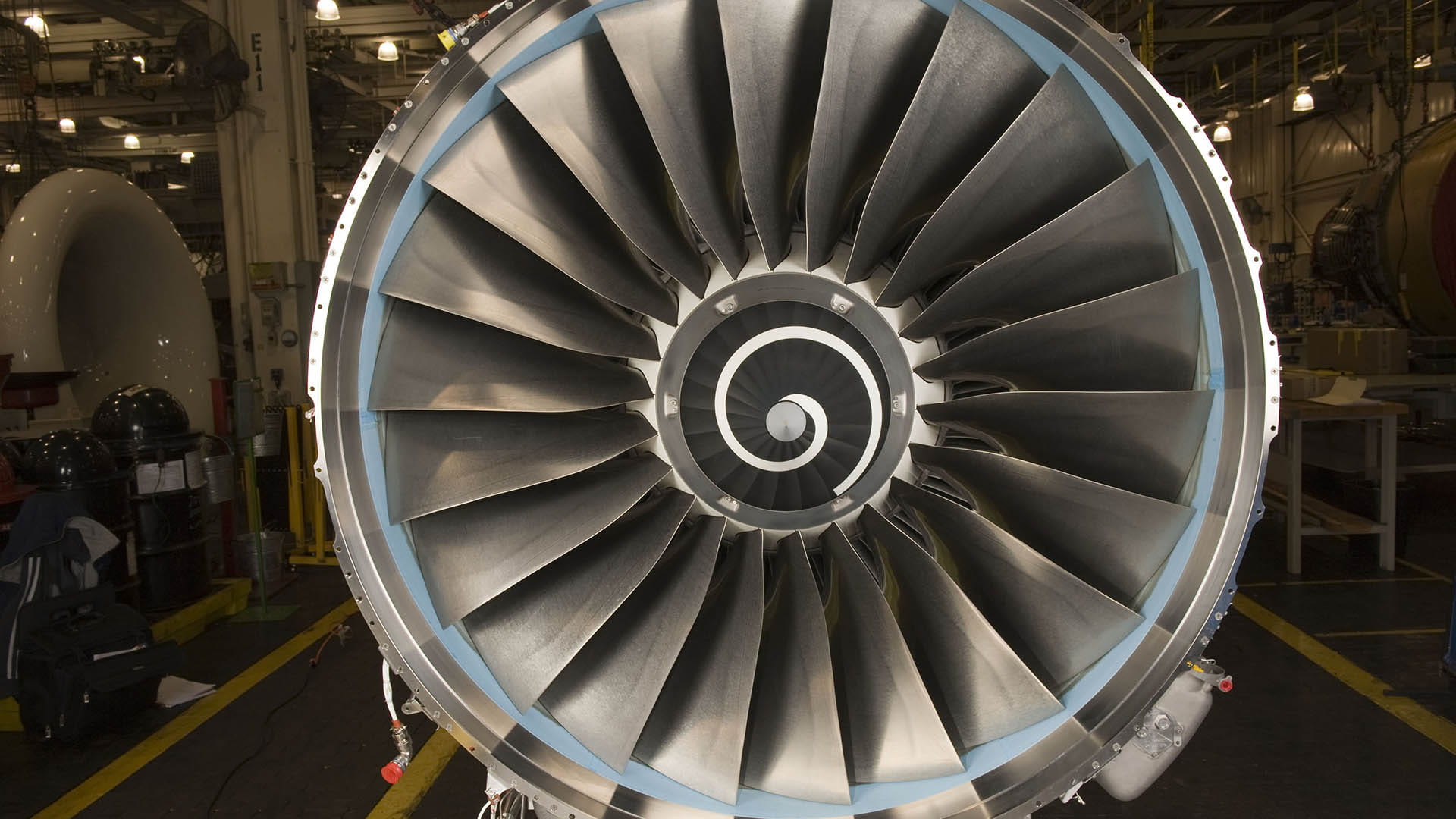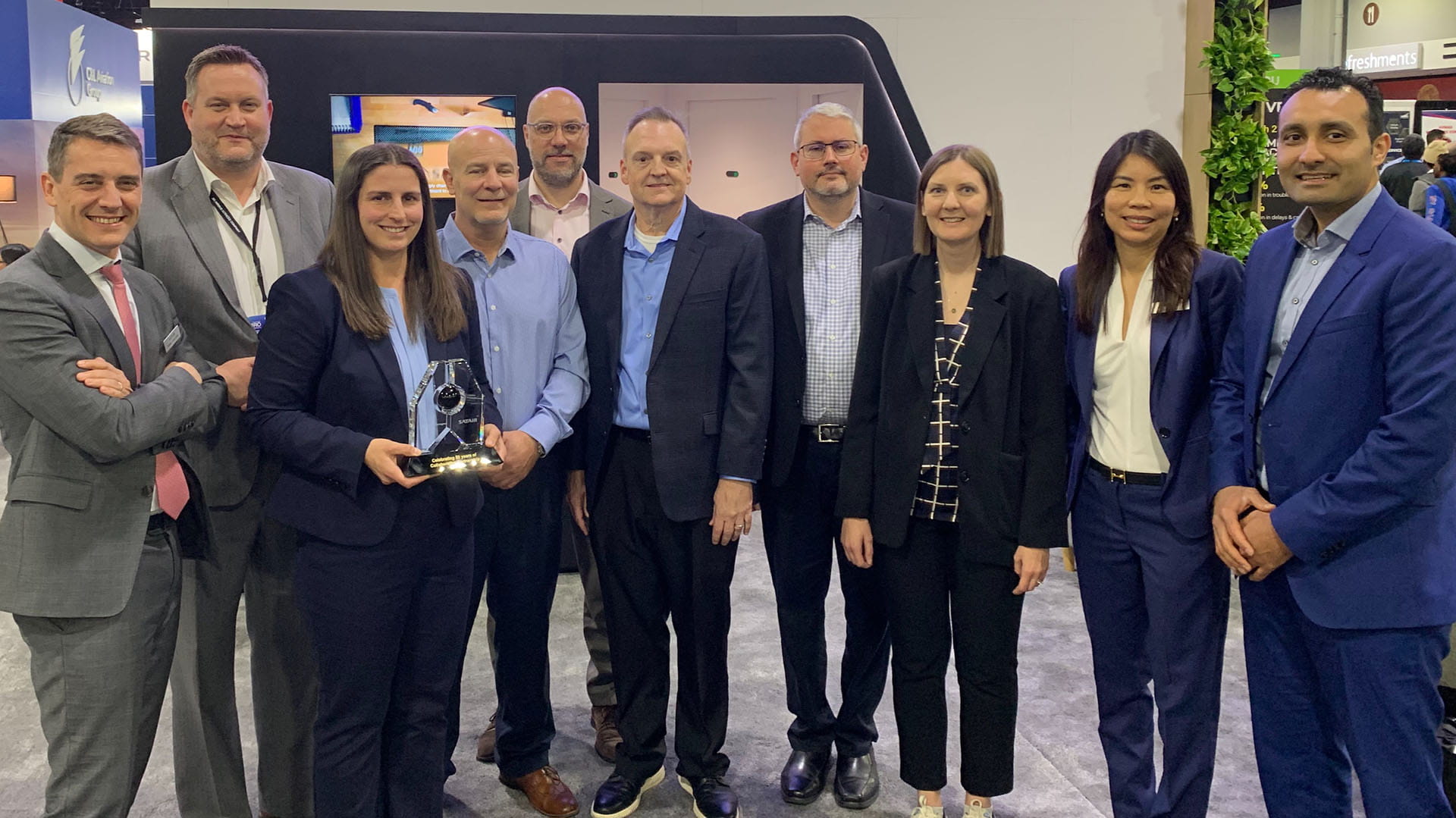Singapore: A gateway to the dynamic Asia Pacific region
Singapore’s economy is growing faster than it has in more than a decade. It is a hub for regional finance, transport and manufacturing, and its military serves as a pillar of stability not only locally but in the Asia Pacific as a whole.
Raytheon Technologies’ presence in Singapore, along with its products, systems and services, reflect both the city-state’s economic growth and its strategic defence needs. With nearly 4,000 employees locally and about 16,000 across the region, Raytheon Technologies’ businesses produce engines and other parts for narrow-body planes; maintenance, repair and overhaul work for commercial and military aircraft; a host of technologies to connect the aviation ecosystem and multiple systems on the F-35 fighter jet – including the engine that powers the platform.
“Singapore is the gateway to the dynamic Southeast Asia region,” said Liping Xie, vice president of Government Relations for Asia Pacific at Raytheon Technologies.
Taking flight across the Asia Pacific
Regional air traffic is recovering, and the demand for aircraft is growing. The Asia Pacific will need about 8,000 aircraft over the next decade, according to estimates from Pratt & Whitney, a Raytheon Technologies business. Two-thirds are expected to be single-aisle aircraft, many of which will be powered by Pratt & Whitney’s GTF engine. In total, the business’ engines currently power more than 1,700 commercial aircraft in the region.
“The population is growing. The middle class is growing. And the number of people flying for the first time is growing,” said Mary Ellen Jones, vice president of the Asia Pacific Customer Business for Pratt & Whitney.
Legacy carriers continue to operate long-range passenger flights, and they’ve also pivoted to transporting cargo during the pandemic. At the same time, low-cost carriers have met the growing demand for domestic flights – increasing the need for narrow-body aircraft. That demand, in turn, has spurred the production of smarter and more sustainable aircraft that use the GTF engine.
The GTF engine has brought about “a huge change in fuel efficiency,” Jones said, citing its 16% to 20% reduction in fuel burn compared to prior-generation engines.
The GTF engine reduces overall emissions and its geared architecture has a reduced noise footprint of 75%, improving environmental impact and reducing airlines’ costs of doing business.
Creating a contactless passenger journey
Passenger demographics are changing – and so is the type of journey they want. To meet that need, both in the Asia Pacific region and around the world, Collins Aerospace, a Raytheon Technologies business, is investing in connected aviation services that include digital health passports and biometric systems to simplify security and boarding. Not only will these services meet the rising demand for contactless passenger experiences, they also improve sustainability – a key initiative across the region.
“As the commercial aviation industry looks toward recovery, we’ve positioned Raytheon Technologies as a partner for airlines and airports that are looking to deliver a contactless passenger journey,” said Talel Kamel, vice president of international business development for Customer & Account Management at Collins Aerospace.
Sustainability is a priority across commercial aviation as well as defence. Raytheon Technologies’ businesses are helping customers meet these critical goals through the pursuit of products including lower-emission jet engines and zero-carbon radars.
“Sustainability is one of the biggest lessons learned coming out of this pandemic,” Kamel said. “We’re making a conscious effort to fly leaner and lighter and build sustainability into our manufacturing processes for this market.”
Transforming MRO operations and innovation
Just as demand for new aircraft has increased, so has demand for maintenance, repair and overhaul work in both commercial and military aviation. Maintenance, repair and overhaul, often called MRO, has resulted in significant growth in Singapore, which has already captured more than 10% of the global share for these services, according to the International Trade Administration.
Collins Aerospace and Pratt & Whitney have facilities in several locations throughout the island to support the demand. In 2020, Collins Aerospace opened an Innovation Hub in Changi, Singapore. The 10,000 square-foot facility added new jobs and has spurred development in areas including robotics, automation, software and data science. The Innovation Hub will soon be able to deliver new proofs of concept, Kamel said, using data from smart aircraft for predictive maintenance tools, creating advanced maximum manufacturing capabilities and becoming one of the three centers of excellence for additive technologies.
“The Innovation Hub expands our capabilities on the MRO and manufacturing side with a strong focus on digital transformation, additive manufacturing and the automation process,” Xie said.
Strengthening regional security with smarter defence systems
Singapore’s technologically advanced military protects not only the city-state but the interests of the region itself.
“This is a very dynamic region geopolitically,” Xie said. “We are working with regional partners and allies to bolster their reconnaissance, intelligence and communications capabilities so they can stay ahead of threats.”
Raytheon Intelligence & Space, a Raytheon Technologies business, is offering airborne intelligence, surveillance and reconnaissance, or ISR, and air dominance solutions to U.S. allies and partners in support of their national security priorities.
Smart defence systems such as ISR aircraft and the SeaVue maritime radar aid military commanders and operators by providing enhanced situational awareness to manage and deter a range of threats rapidly in a wide variety of challenging missions.
“There’s a significant demand with respect to next-generation sensing and effects capabilities; command, control and communications; and the ability to defend from challenges in the surface, airborne and space domains,” said Joseph Gold, senior regional director for the Indo-Pacific at Raytheon Intelligence & Space. “There’s also a huge demand for cyber, and the ability to defend networks and systems from outside intrusions.”
Against this backdrop, air dominance is a growing regional priority. The Republic of Singapore Air Force has invested in its fleet of F-15 and F-16 fighters, and Singapore has also been approved by the U.S. government to purchase the fifth-generation F-35 as its newest fighter jet.
Raytheon Technologies develops several systems for the F-35, including navigation and landing systems as well as its F135 engine. That engine delivers a step change in capability over fourth-generation engines, with more than 40,000 pounds of thrust, unmatched low-observable signature, world-class thermal management and an advanced engine control system – all of which provide the pilot with a technological edge.
So, too, does Collins’ next-generation Helmet Mounted Display, which places vast quantities of flight, tactical and sensor information intuitively on the visors of F-35 pilots – giving them better situational awareness and a greater degree of safety. The helmet will bring in data from an RI&S-built electro-optical distributed aperture system, known as EODAS, which collects and sends real-time, high-resolution imagery from infrared sensors around the aircraft.
Raytheon Missiles & Defense provides much of the F-35’s weaponry, including the AMRAAM, AIM-9x, Sidewinder and JSM missiles, as well as the gliding Stormbreaker smart weapon. And for landings, Collins and RI&S developed the Joint Precision Approach and Landing System, or JPALS, which guides aircraft onto carriers and amphibious assault ships in all weather and surface conditions.





